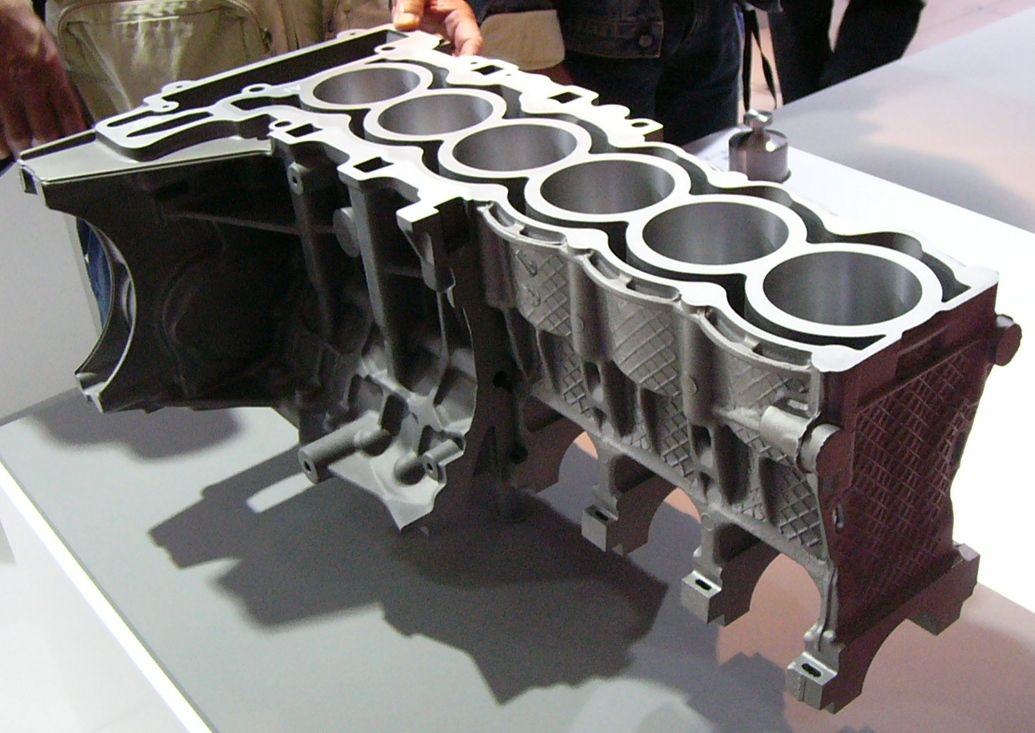
Die casting is a widely used manufacturing process that involves the production of metal parts by forcing molten metal into a mold cavity under high pressure. Die casting machinery, such as that provided by GUPTA GLOBAL, plays a crucial role in this process, as it allows for the efficient and precise production of complex metal parts. In this article, we will delve into the basics of die casting machinery, how it works, and its various components.
The Basics of Die Casting Machinery
Die casting machinery is essential for creating high-quality metal parts with excellent dimensional accuracy and surface finish. The basic components of die casting machinery include:
1. The Die Casting Machine
- The die casting machine is the primary equipment used in the die casting process.
- It consists of two main parts: the injection unit and the clamping unit.
- The injection unit is responsible for melting the metal and injecting it into the mold cavity, while the clamping unit holds the mold in place and applies pressure during the casting process.
2. The Mold
- The mold, also known as the die, is a tool used to shape the molten metal into the desired part.
- It is made from high-quality steel and designed to withstand the high temperatures and pressures involved in the die casting process.
How Die Casting Machinery Works
The die casting process begins with the preparation of the mold and the molten metal. Once everything is in place, the following steps are involved:
1. Clamping
- The two halves of the die are securely clamped together.
2. Injection
- The molten metal is injected into the mold cavity at high pressure.
3. Cooling
- The metal is allowed to cool and solidify inside the mold.
4. Ejection
- Once the metal has solidified, the die halves are separated, and the part is ejected from the mold.
Types of Die Casting Machinery
There are several types of die casting machinery available, each designed for specific applications and production requirements. Some common types include:
1. Hot Chamber Die Casting Machines
- These machines are used for casting metals with low melting points, such as zinc and tin.
- The metal is melted in a crucible within the machine and then injected into the mold cavity.
2. Cold Chamber Die Casting Machines
- Cold chamber machines are used for casting metals with high melting points, such as aluminum and copper.
- In this type of machine, the metal is melted in a separate furnace and then transferred to the injection system.
Benefits of Die Casting Machinery
Die casting machinery offers a wide range of benefits for manufacturers looking to produce high-quality metal parts. Some of the key advantages include:
1. High Efficiency
- Die casting machinery allows for the rapid production of complex parts with minimal post-processing required.
2. Precision and Accuracy
- The die casting process ensures excellent dimensional accuracy and surface finish, making it ideal for parts that require tight tolerances.
3. Cost-Effectiveness
- Die casting machinery offers a cost-effective solution for high-volume production runs, as it can produce parts with minimal material waste.
Conclusion
Die casting machinery plays a crucial role in the manufacturing industry, enabling the efficient production of high-quality metal parts. By understanding the basics of die casting machinery and how it works, manufacturers can make informed decisions about the type of machinery that best suits their production needs. Whether it's hot chamber or cold chamber die casting machines, the right equipment can help streamline production processes and drive business growth.